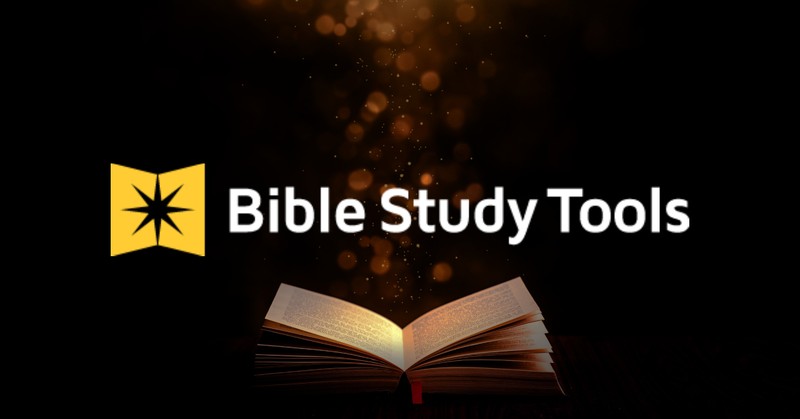Book of 1 Timothy RSVA
Summary
Summary of the Book of 1 Timothy
This summary of the book of 1 Timothy provides information about the title, author(s), date of writing, chronology, theme, theology, outline, a brief overview, and the chapters of the Book of 1 Timothy.
Author
Both early tradition and the salutations of the Pastoral Letters (1,2 Timothy; Titus) themselves claim Paul as their author (1:1; 2Ti 1:1; Tit 1:1). Some objections have been raised in recent years on the basis of an alleged uncharacteristic vocabulary and style (see, e.g., notes on 1:15; 2:2), but other evidence still convincingly supports Paul's authorship. See essay, p. 2481.
Background and Purpose
During his fourth missionary journey (see map, pp. 2486-2487), Paul had instructed Timothy to care for the church at Ephesus (1:3) while he went on to Macedonia. When he realized that he might not return to Ephesus in the near future (3:14-15), he wrote this first letter to Timothy to develop the charge he had given his young assistant (1:3, 18), to refute false teachings (1:3-7; 4:1-8; 6:3-5,20-21) and to supervise the affairs of the growing Ephesian church (church worship, ch. 2; the appointment of qualified church leaders, 3:1-13; 5:17-25).
A major problem in the Ephesian church was a heresy that combined Gnosticism (see Introduction to 1 John: Gnosticism), decadent Judaism (1:3-7) and false asceticism (4:1-5).
Date
1 Timothy was written sometime after the events of Ac 28 (c. 63-65), at least eight years after Paul's three-year stay in Ephesus (see Ac 19:10 and note).
Recipient
As the salutation indicates (1:2), Paul is writing to Timothy, a native of Lystra (in modern Turkey). Timothy's father was Greek, while his mother was a Jewish Christian (Ac 16:1). From childhood he had been taught the OT (2Ti 1:5; 3:15). Paul called him "my true son in the faith" (1:2; see note there), perhaps having led him to faith in Christ during his first visit to Lystra. At the time of his second visit Paul invited Timothy to join him on his missionary travels, circumcising him so that his Greek ancestry would not be a liability in working with the Jews (Ac 16:3). Timothy helped Paul evangelize Macedonia and Achaia (Ac 17:14-15; 18:5) and was with him during much of his long preaching ministry at Ephesus (Ac 19:22). He traveled with him from Ephesus to Macedonia, to Corinth (see Ac 20:3 and note), back to Macedonia, and to Asia Minor (Ac 20:1-6). He may even have accompanied him all the way to Jerusalem. He was with Paul during the apostle's first imprisonment (Php 1:1; Col 1:1; Phm 1).
Following Paul's release (after Ac 28), Timothy again traveled with him but eventually stayed at Ephesus to deal with the problems there, while Paul went on to Macedonia. Paul's closeness to and admiration of Timothy are seen in Paul's naming him as the co-sender of six of his letters (2 Corinthians, Philippians, Colossians, 1,2 Thessalonians and Philemon) and in his speaking highly of him to the Philippians (Php 2:19-22). At the end of Paul's life he requested Timothy to join him at Rome (2Ti 4:9,21). According to Heb 13:23, Timothy himself was imprisoned and subsequently released -- whether at Rome or elsewhere, we do not know.
Timothy was not an apostle. It may be best to regard him as an apostolic representative, delegated to carry out special work (cf. Tit 1:5).
Outline
- Greetings (1:1-2)
- Warning against False Teachers (1:3-11)
- The Lord's Grace to Paul (1:12-17)
- The Purpose of Paul's Instructions to Timothy (1:18-20)
- Instructions concerning Church Administration (chs. 2-3)
- Instructions concerning False Teaching (ch. 4)
- Instructions concerning Different Groups in the Church (5:1;6:2)
- Miscellaneous Matters (6:3-19)
- Concluding Appeal and Benediction (6:20-21)
From the NIV Study Bible, Introductions to the Books of the Bible, 1 Timothy
Copyright 2002 © Zondervan. All rights reserved. Used with permission.
